Mariana Velichkova’s interview with the photographer Juan De Francisco
How has the culture of your home country – Mexico – influenced these two passions of yours – architecture and photography?
Architecture and photography are very important matters in my country, especially architecture. Long before my country was “discovered” by the Spanish Empire, a great part of the culture of México was determined by the way buildings, temples, markets, etc, were designed and planned.
One must remember that there was a time when the high priest determined where and when the cities would be raised, and the way the major temples would be built. Therefore architecture, and one of her elements, urbanization, took on very important roles.
In recent times, it is difficult to say if culture plays a very important part in architecture, or architecture plays a very important part in culture. In the capital, Mexico City, with her 20 million people, it obviously has a very big importance – since the entire population of Mexico is 100 million. Every new neighborhood that grows in the capital can, in the course of a few years, be counted in the millions.
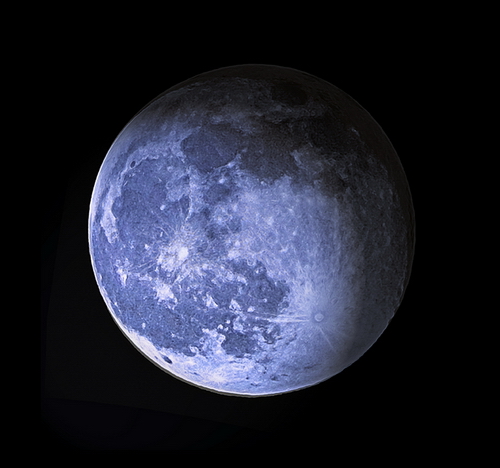
Perhaps because there has been such a great demand for so many new buildings, hospitals, offices, schools, parks, etc, we now have so many important architects. For example, Luis Barragán, Pedro Ramirez Vázquez and Teodoro González de Leon are architects who have developed a Mexican style, and their work and designs represent my country all over the world.
As to photography, it is important to remember that there was a revolution in Mexico early in the Twentieth Century, so the photography of those years is a very important testimony and cultural legacy of that period. Photos of Emiliano Zapata and Francisco Villa, for example, are the testimony of great photographers like Agustín Cassasola and Tina Modotti, who were among the first war photographers in history.
Years later, photographers of what someone called the “Mexican golden times of the movies”, -Jorge Negrete, Pedro Infante times- left a testimony of their works even in Hollywood. Later on, working with the major directors of 40’s and 50’s, photographers like Manuel Álvarez Bravo, or Gabriel Figueroa, who also works with Luis Buñuel, offer another point of view of how light and shadows can be managed in photos and movies.
What place and which building fascinated you the most in your travels around the world?
It’s very hard to select a single place or a single building as the most important one for me, because every single place and every single building has its’ history and circumstances.
Buildings like the Arche de la Dèfense, in Paris, the Coliseum in Rome, Tulúm in my country, the Dome in Florence, even the Twin Towers at the World Trade Center in New York all made a deep impression on my life.
Places like the Grand Casino in Monaco, San Marcos Piazza at Venice, Piccadilly Circus in London, have left me with some of my strongest impressions. However, perhaps something I promised myself years ago might give you a hint. The promise was: “I will not die without seeing the David by Michelangelo di Buonaroti, or being under the Eiffel tower.”
What would the “building” of your own life look like?
That particular building would be an ecological one, with solar panels and with no contamination of its’ vital systems. It would be built with natural materials, using techniques of the area where it is constructed.
That building would be built with a mixture of wood, green plants and stones, but most of all it would offer a personal and not transferable place to each one of the inhabitants of the building.
Is there a place in the world you would like to return to again and again?
Florence, Italy makes me wonder if there is another city or place in the world that is more beautiful, but also if you propose I go again and again to Paris, I would not deny the invitation. Even so, I cannot forget that I have lived in Madrid for the past 20 years and it has been the most wonderful city for me, as well.
What are the main points of your personal philosophy?
Long ago I learned that loneliness can be great company. Also, no matter what kind of experience you might have, bad or good, if you can learn something from that experience, it’s a good one.
What is your advice to those who are just starting out in architecture and photography?
Be honest. Be honest with yourself, with your work, with your knowledge, with your experience, and always try to learn. It does not matter if the person in front of you is 20 years younger and doesn’t have any formal training. Every single person has a point of view, and maybe you can learn from it.
What are your realizations about how humanity can build a better world together?
It is difficult to indicate a single material realization or, I think, almost any person has made, unless he has founded the Red Cross or an ORG like Medicus Mundi.
However, since I was a child I knew that many people in my country and in the world needed help. Help with medicines, food, schools, a roof, or maybe just a shoulder to rest their head. Since then, I’ve tried to help as much as I can every single person that needed me.
Who are you outside photography and architecture?
You do not have enough space to print all the other things that I love and I like. Apart from photography and architecture, music and literature are probably the most important things in my life.
I read almost every book that is near me. When working with my photos or doing some designs, I am constantly listening to music. Primarily classical music, but occasionally a piece of classic rock or maybe some ethnic music as well.
Biography:
I was born in México City when it was nowhere near as large as it is now. It was also described at the time by the writer Carlos Fuentes as “The Clearest Air Zone.”
From childhood, I’ve had two passions, architecture and photography. My very first photo assignment came at 10 years of age, when I took pictures of the gymnastics and swimming teams at the 1968 Olympic Games.
I became an architect, but never abandoned my passion for photography. Over the years, I made pictures using a variety of techniques, beginning with film and continuing through to today’s digital era.
As a photographer, my biggest success came in 1987 when my pictures of the Formula 1 Grand Prix of Mexico were published in Playboy magazine. I’ve also had some success selling a number of individual photographs to a variety of magazines and newspapers.
I’ve been living in Toledo, Spain for almost 20 years, and have continued my photography in between work and travel.
You can find examples of some of my work in my photo stream at flickr, or in my photoblog at: http://juande.aminus3.com/portfolio/

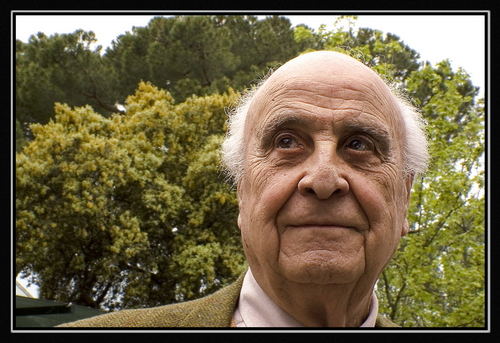

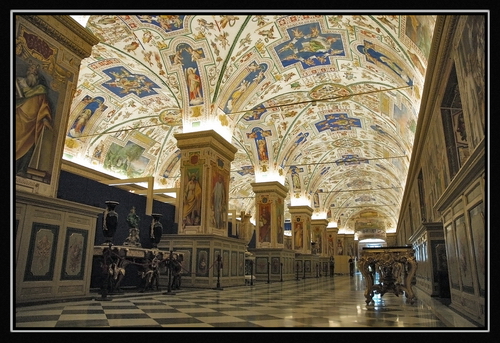
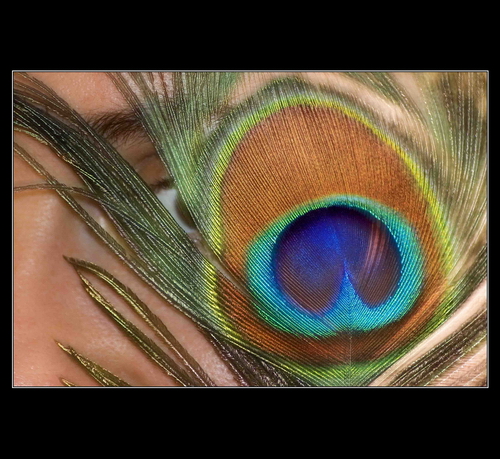


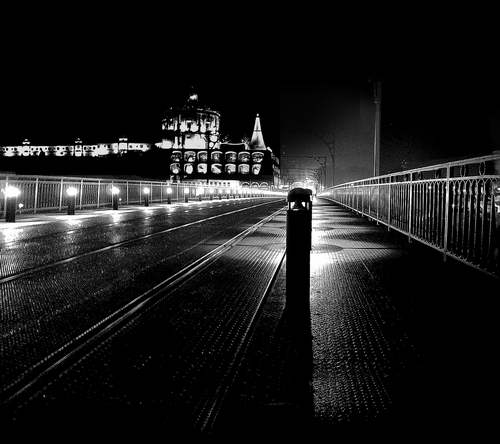
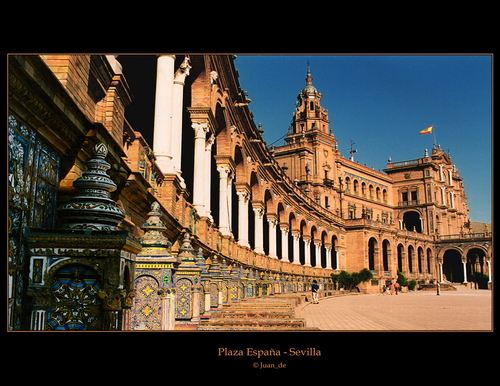

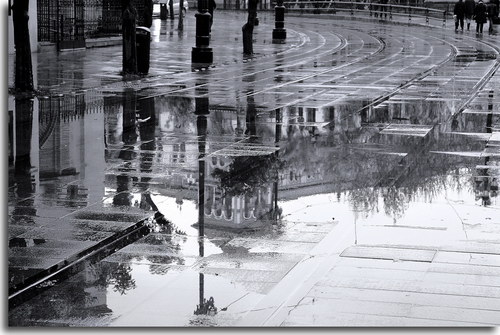



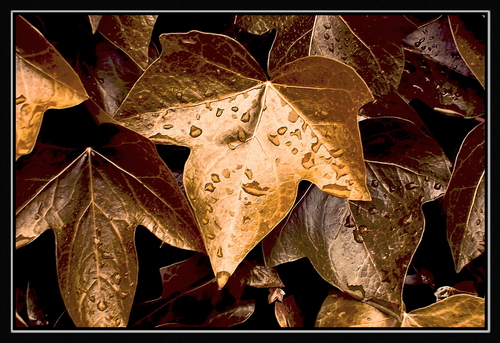
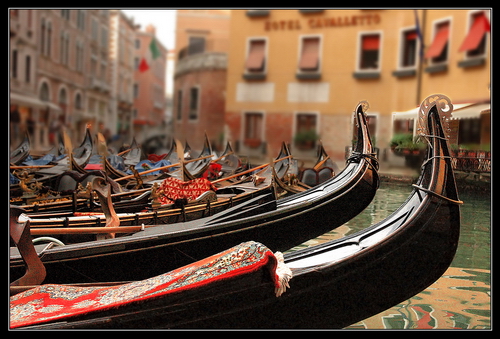


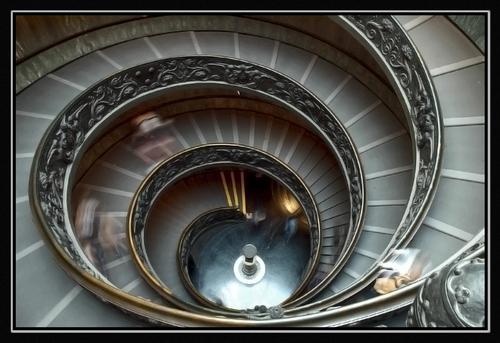












2 comments so far ↓
Nobody has commented yet. Be the first!
Comment